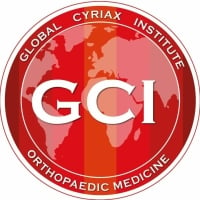Tennis elbow and shockwave therapy
Radial Shockwave Therapy for Tennis Elbow: A practical Approach to a Common Problem
Tennis elbow—or lateral epicondylitis—is a common condition caused by repetitive strain on the extensor tendons of the forearm. Characterized by pain and tenderness over the lateral elbow, it can significantly impair grip strength and daily function, even in individuals who have never picked up a tennis racket.
An interesting non-invasive treatments available today is radial shockwave therapy (RSWT). This form of therapy uses acoustic pressure waves to stimulate healing in soft tissue structures by enhancing blood flow, promoting cellular repair, and modulating pain.
How It Works
Radial shockwaves are delivered to the affected area using a handheld applicator. The impulses penetrate the tissue, triggering a cascade of biological responses, including:
- Increased circulation and metabolic activity
- Breakdown of calcific deposits (if present)
- Stimulation of collagen production
- Desensitization of nerve endings
Some clinical studies support RSWT as an effective option for chronic cases of tennis elbow that haven’t responded to rest, manual therapy, or exercise. Unlike corticosteroid injections, which may provide short-term relief but risk tendon weakening, shockwave therapy encourages true tissue regeneration.
Clinical Integration
Physiotherapists and sports medicine doctors often incorporate radial shockwave therapy into a broader rehabilitation plan that includes:
- Progressive loading exercises
- Ergonomic or activity modification
- Manual therapy
- Education on tendon recovery timelines
